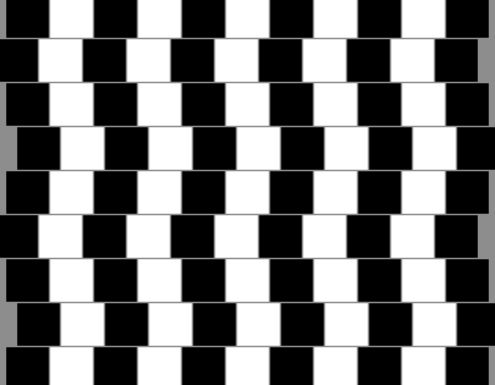The physicist Hermann von Helmholtz, a great contributor to optics and ophthalmology, said: "If someone tried to sell me an organ that imperfect as the human eye, I would have kicked him out without further discussion."
The physicist Hermann von Helmholtz, a great contributor to optics and ophthalmology, said: "If someone tried to sell me an organ that imperfect as the human eye, I would have kicked him out without further discussion." Even though that great scientist has a point, he is surely unfair to this wonderful creation of nature.
The human eye has the ability to adapt to a great variety of surrounding light from bright sunlight to the dim light of a candle. It is able to focus from an object that is a few centimeters in front it to infinity within fractions of a second. It distinguishes the most subtle color differences and, in combination with the other eye, it gives us information on a wide range of the environment we are in.
There are also a lot of flaws. On a daily basis, our eyes cannot estimate correctly distances, the size of objects, colors, etc. The 'intentional' illusions, made for entertainment purposes, impress anyone who plays with them, while highlighting how imperfect the human eye is.
Let us not forget, moreover, that even a movie is just a series of sequential still images, which our eye perceives as moving.

In the above geometric illusion (Café wall) the horizontal lines are completely parallel to each other, even though the eye gets "fooled" and thinks they are not.
 German
German Ελληνικά
Ελληνικά